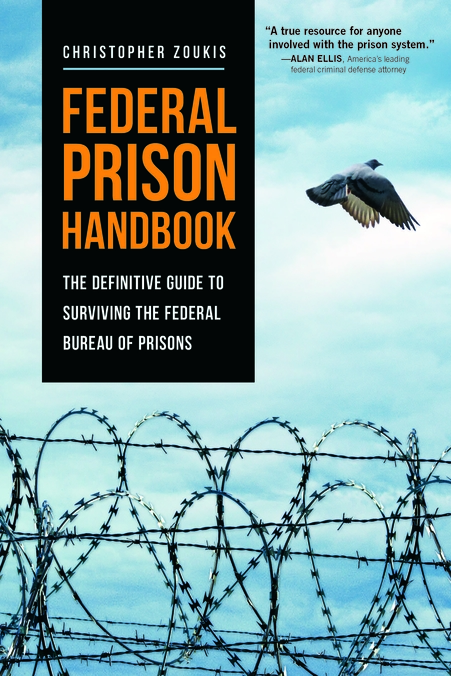HRDC attorney Deb Golden quoted re women prisoners
Women in Virginia are being incarcerated at an alarming rate, ACLU says
Women are going into Virginia's jails and prisons at a much steeper rate than men and than nationwide, the American Civil Liberties Union of Virginia has found.
It's an important but often overlooked issue, the nonprofit contends in a report released this month.
"It was fairly shocking," said Bill Farrar, strategic communications director for the ACLU of Virginia. "People should care about any group that is marginalized or adversely affected by their government in a disparate way."
Men still make up the majority of the incarcerated population. Only 15 percent of inmates in Virginia's jails in 2014 were women, according to the report. But the number of women had increased 32 percent from four years prior, while the increase for men was just 4 percent.
The ACLU argues the trend comes from a mix of substance abuse problems, over-prosecution of petty crimes and mental health issues rooted in trauma.
"Women have a unique set of struggles when it comes to the criminal justice system," Farrar said.
Women incarcerated in the United States are typically poor, young, unmarried and uneducated, according to the ACLU report. About 80 percent are mothers.
In Virginia, imprisoned women are 38 years old on average, according to a 2016 demographics report from the state's Department of Corrections.
The commonwealth has seen a 930 percent increase in its female inmate population over the past several decades. In 1980, 303 women were in prison. In 2016 it was 3,123.
"Women do seem to be the fastest growing population in the correctional environment," said Col. David Hackworth, superintendent of Hampton Roads Regional Jail in Portsmouth.
Angela Antoine wasn't surprised to hear that.
The Hampton resident knows the system well – she's been in and out of it for much of her adult life. Most recently in 2016 she served about four months at Hampton Roads Regional Jail for a petty larceny charge.
She said she's seen jails where women were sleeping on the floor or crowded in a cell. Many of her fellow inmates had histories of mental illness.
"A lot of those women have gone through poverty, domestic violence, been molested," Antoine said. "If those focus points are really brought to the light ... that would help cut some of the incarceration rates in Virginia."
The 47-year-old now runs House of Dreams Outreach and Re-Entry in Hampton, which helps formerly incarcerated people transition back into society.
The conversation about the criminal justice system "always focuses on the men," she said. "As we can see now, more women are going in. They should be the focus (in) these times. You're taking mothers away from their children."
Deborah Golden, a prisoner's rights attorney at the Human Rights Defense Center, said "women get lost in the bigger picture."
She said the ACLU report fits into a larger national trend, though the growth in the commonwealth is especially "concerning."
Some endemic problems in Virginia, Golden said, include the use of the criminal justice system to address the opioid epidemic, a decentralized commonwealth's attorney framework that makes broad change difficult and the cash bail system, which California recently decided to abolish.
"That's something that disproportionately affects women," Golden said. "When cash bail is set, it's not set on a person's ability to pay."
As reflected in the ACLU report, she said, poverty often drives women to commit crimes. Most women in Virginia's jails and prisons are in for nonviolent crimes related to property, public order or drugs, according to demographics data from the corrections department.
Linda Bryant, former assistant superintendent at the regional jail who now serves on the Virginia Parole Board, said it's hard to separate the problems affecting women in the system from larger issues, like mental illness.
"Every person has a history that predates them coming to jail," she said, and understanding that history is key to prevention. "The biggest takeaway (of the report) for me, it underscores the impact of trauma on subsequent criminal behavior. If it remains unaddressed, bad things can happen for that individual and the community as a whole."
Women are six times more likely than men to have been abused before incarceration, according to the report. These women often enter the criminal justice system through attempts to cope with poverty, abuse and drug addiction.
"A majority of women in here have some type of a story that gets them in," said Hackworth, the regional jail superintendent. "Whether it's through lack of financial means, poor association with people out on the streets, I think there's quite a few different factors that impact them coming into the system."
If the number of female inmates keeps increasing, Hackworth said, jails and prisons might have to convert men's housing into women's and hire a lot more female staff.
The ACLU authors give a laundry list of recommendations topped by asking state officials to form a committee and study the issue. They also want better data collection, more money for treatment services, repeal of the three-strikes larceny statue and an increase in the felony larceny threshold – again – to $1,500.
Gov. Ralph Northam's office directed a reporter to the Department of Corrections, where a representative did not respond to questions by deadline.
The proposals are all related and would affect both women and men, Farrar said.
"I'm really trusting God that those things will change," Antoine said.







